Stunning photos revealed by European Space Agency's Euclid space telescope
At first glance, the image doesn't look like much: a few smatterings of bright, yellow stars among dimmer white ones. And in the centre, a smudge that appears to be a collection of stars.
But zooming in reveals an entirely different story. That smudge isn't stars at all, but dozens upon dozens of galaxies.
This is just one of the images released by the European Space Agency, the early release observations from their Euclid space mission.
Over six years, Euclid — which launched in July 2023 — will explore dark matter and dark energy, two unseen elements that make up most of our universe. Over that time, it will observe billions of galaxies.
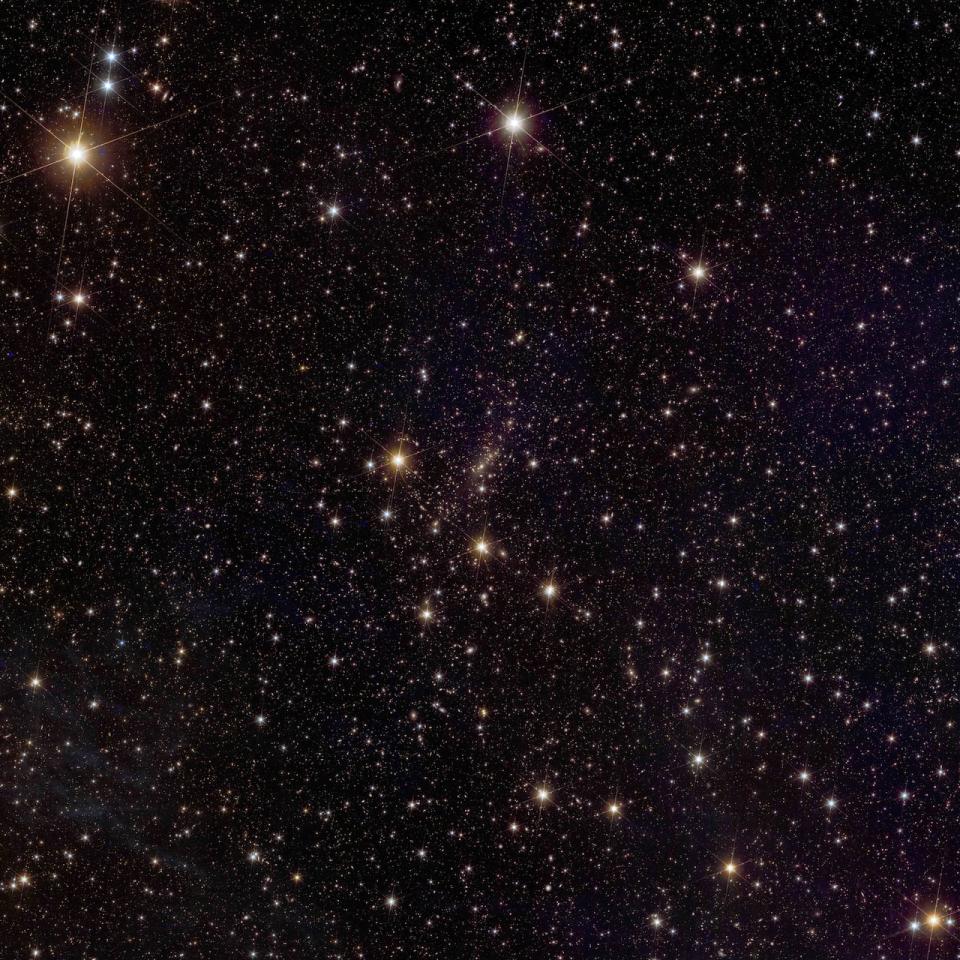
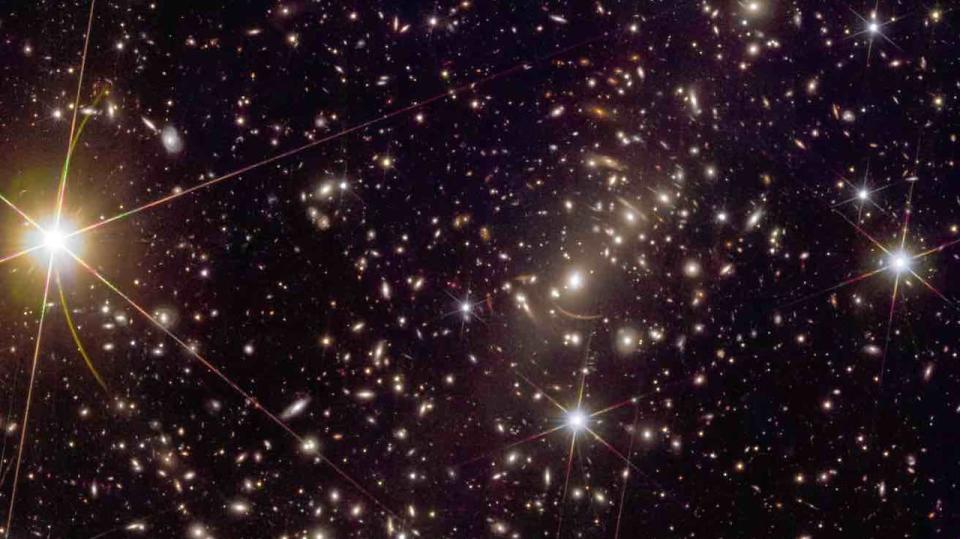
While these images — five in total — are exciting to astronomers, it's what's ahead that they're anxiously awaiting.
"These [images] are like pointing at known individual objects that are interesting," said Will Percival, director at the University of Waterloo's Centre for Astrophysics, and one of the primary science co-ordinators for the Euclid mission.
"We've done great science from them. But we're going to do this everywhere; we're going to do 15,000 square degrees, a third of the area we could possibly observe. So this is like the known knowns — the known objects in the universe. And it's the unknown unknowns that excite me."
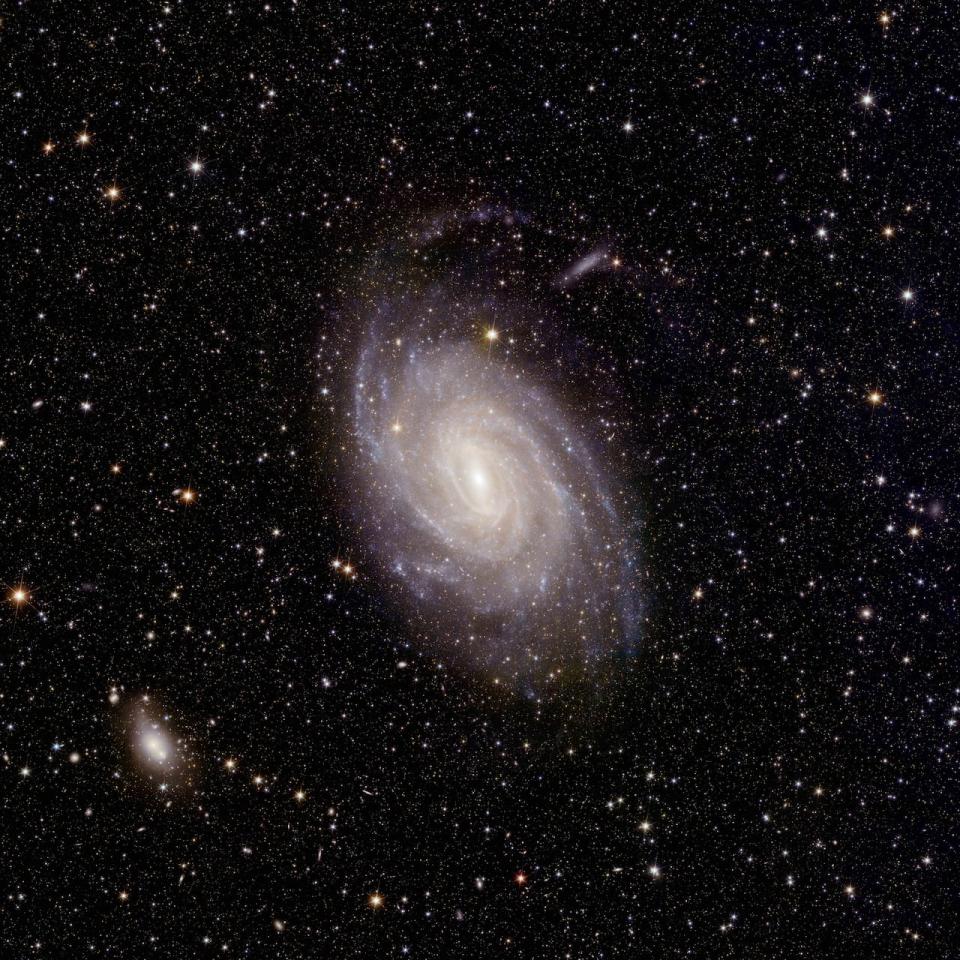
Unlike the Hubble Space Telescope and the James Webb Space Telescope (JWST), Euclid can survey large parts of the sky at once. Even though it has been operating for less than a year, it has covered more of the sky than either one of the other telescopes.
"Hubble and JWST are fantastic telescopes, but you're like looking through a keyhole," said Mike Hudson, a professor at the University of Waterloo, who is also part of the Euclid mission. "Now you've got a whole open window."
Understanding our universe
What we see only makes up roughly five per cent of the universe. The rest of it is made of dark matter (roughly 25 per cent) and dark energy (roughly 70 per cent), both of which we can't see. But we know both exist by how they interact with other matter in our universe.
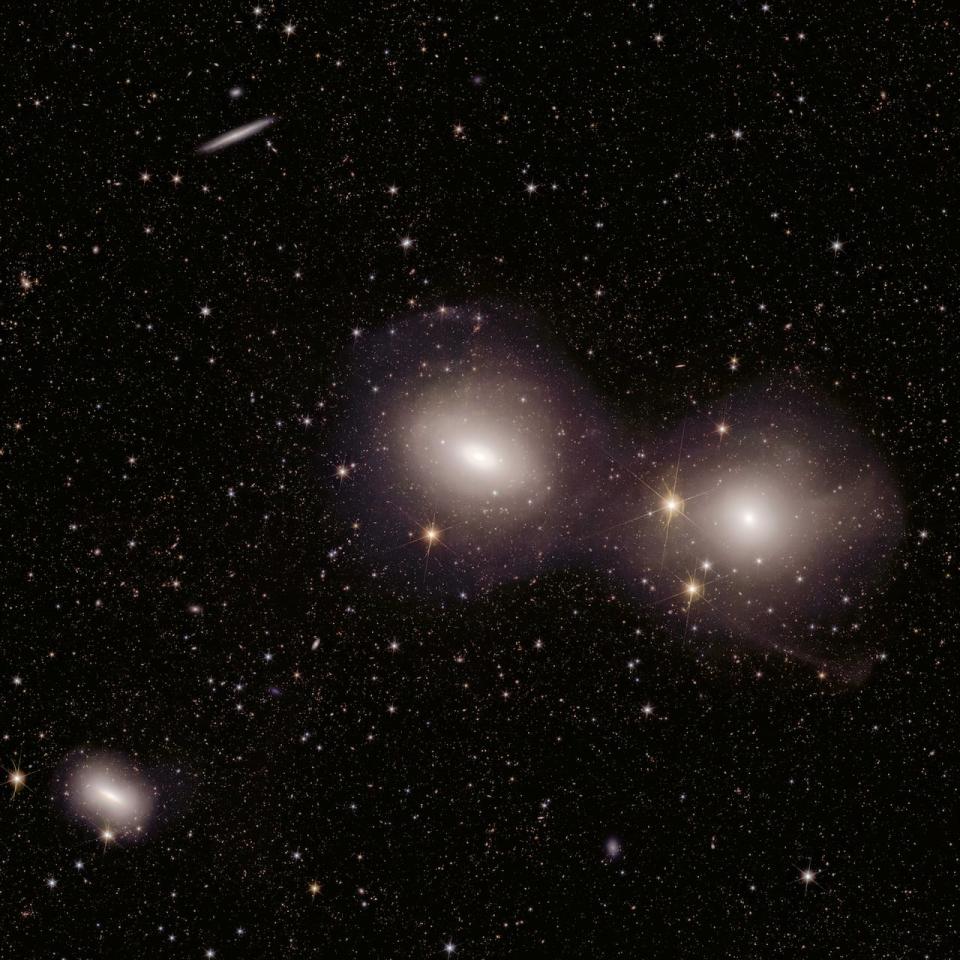
Dark matter has mass, and we can "see" it by how it interacts with galaxy clusters where it bends the light of galaxies behind them, creating streaks of light, as is visible in the close-up of Euclid's image of Abell 2390.
Dark energy is also invisible, but it is making our universe expand faster than once thought.
"[Euclid's] purpose is to understand, basically, what is dark matter? What is dark energy? So it's designed to really answer two of the big questions that we have in physics and in cosmology at the moment," Percival said.
"In cosmology, we have a standard model, called the lambda CDM model — the lambda cold dark matter model — and it explains really well, pretty much everything we see. But we don't understand the actual components in the model."
The researchers say they hope that during its six-year mission, Euclid will change that.
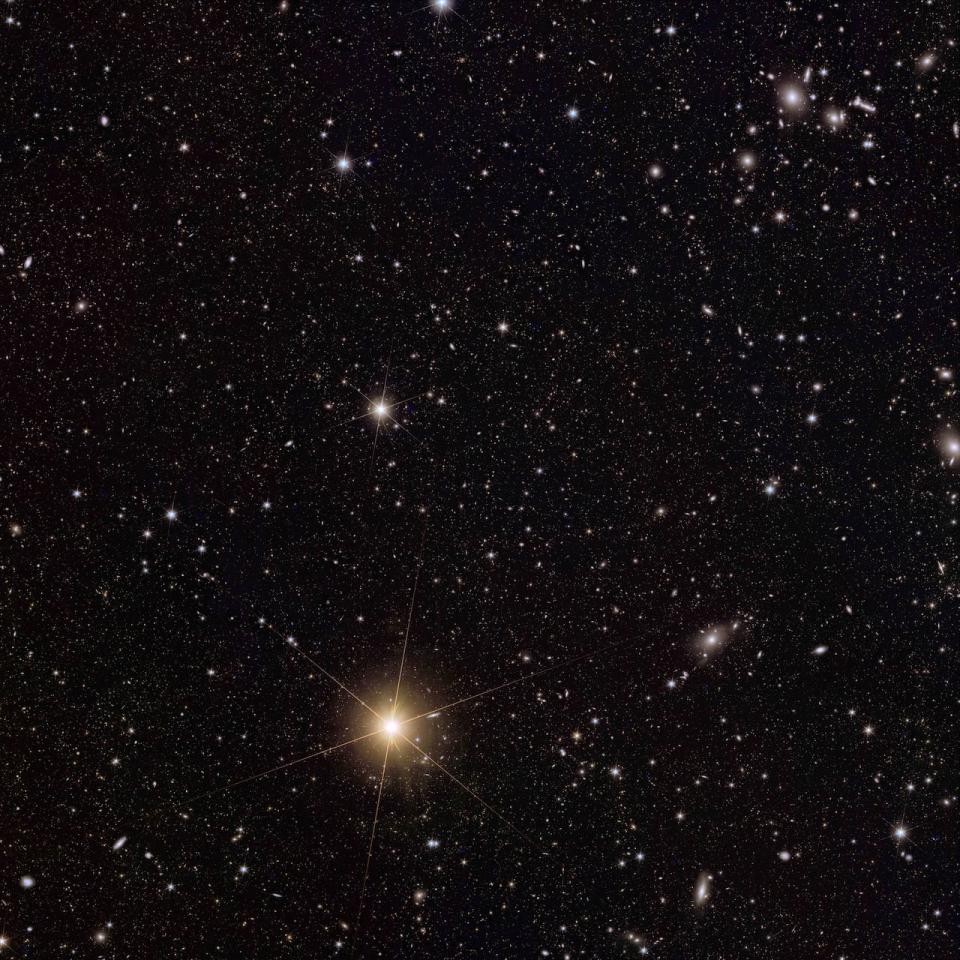
"Euclid will produce the largest and also the best in the sense of the highest resolution, the least noisy map of dark matter that has ever been made. It'll cover a third of the sky," Hudson said.
"And moreover, in addition to covering this huge area on the sky, we can also, by studying these background galaxies at different distances from us, we can actually build up a three-dimensional map of the dark matter."
They will use the telescope to peer back in time, as it takes billions of years for light from distant galaxies to reach us. Using Euclid, they will look at dark matter from when the universe was much younger and compare it to how it was in later times, or even as it is now.
Both Percival and Hudson are eagerly anticipating what the forthcoming sky survey will reveal.
"Because it's a sky survey," Hudson said, "it will also open up huge possibilities to discover all sorts of individual interesting new things about the universe that we didn't anticipate."
You can learn more about the Euclid mission by visiting the European Space Agency's website.

 Yahoo News
Yahoo News 
